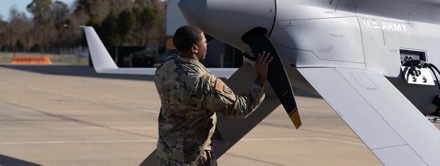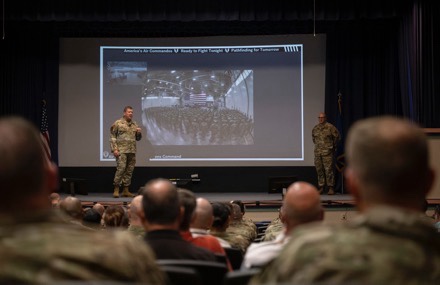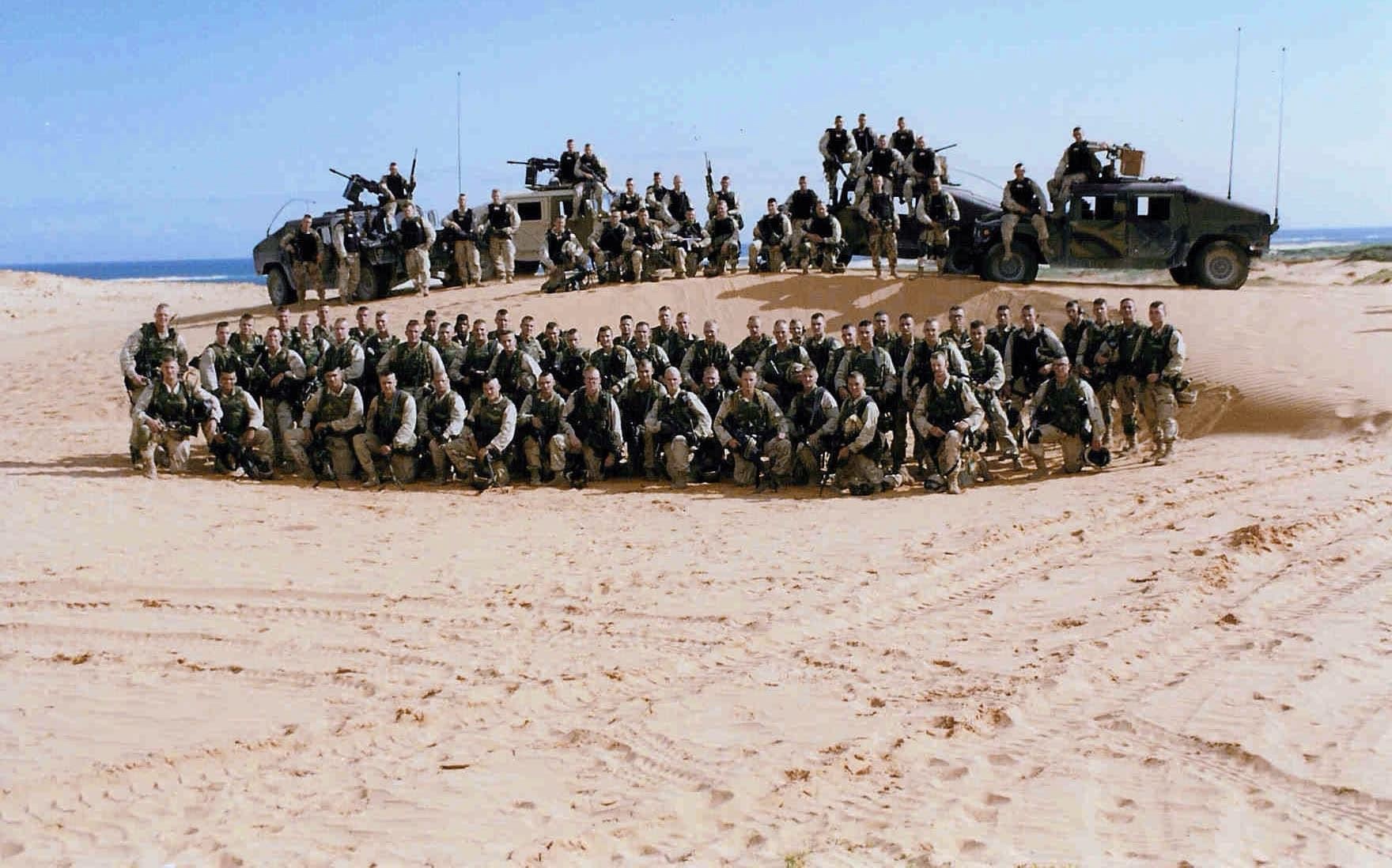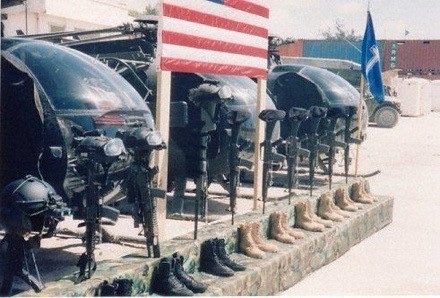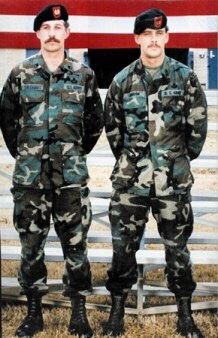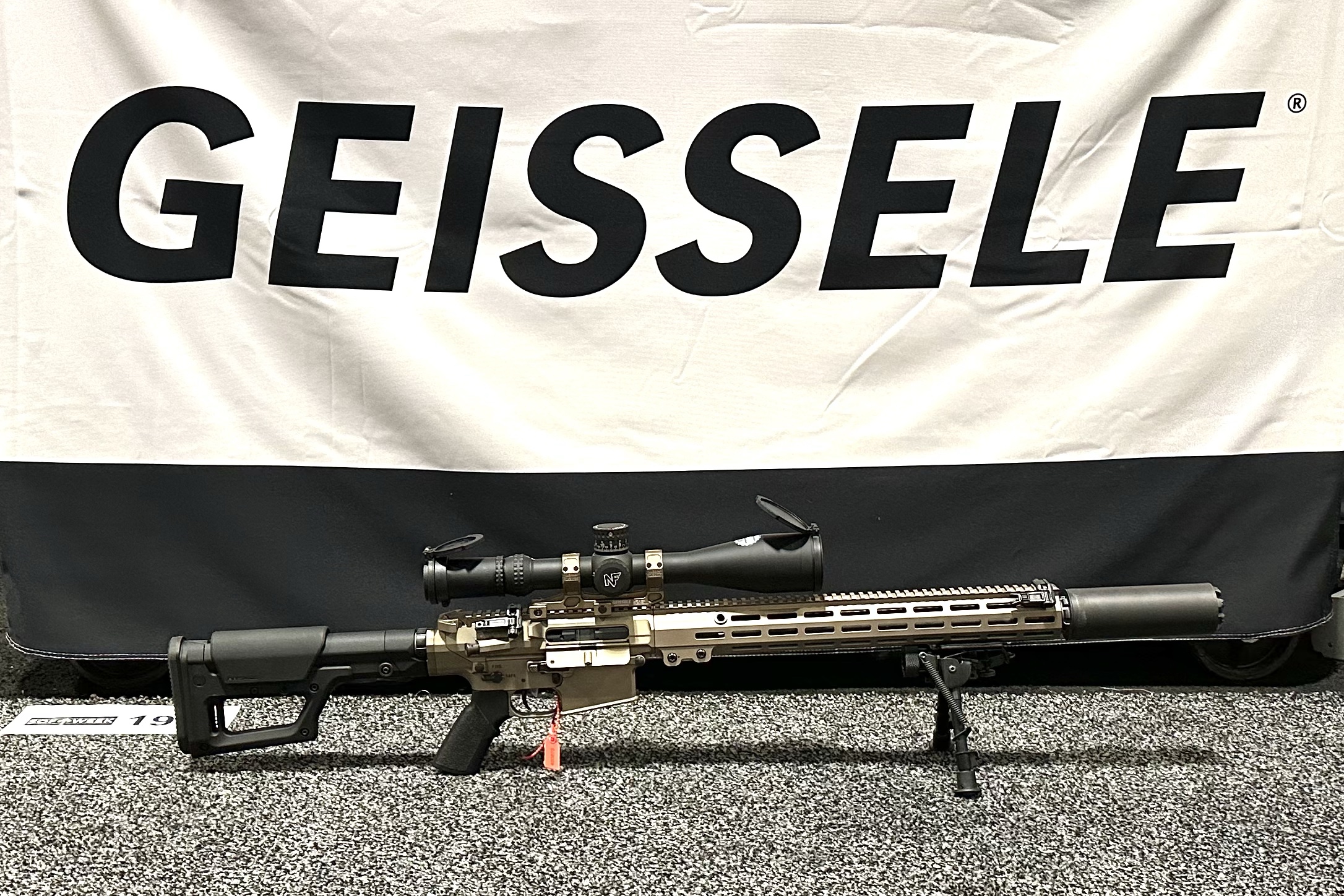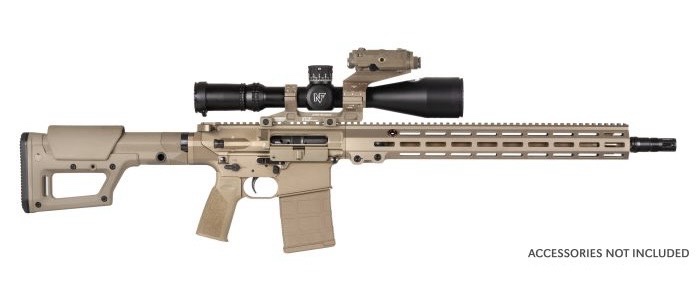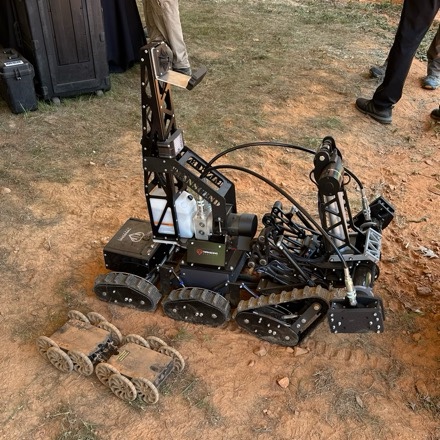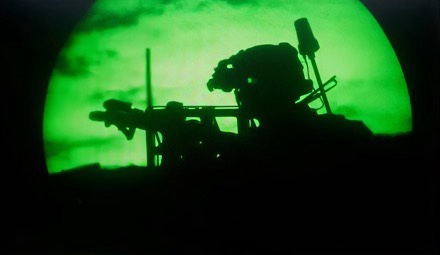
Spectra Group, a specialist provider of secure voice, data and satellite communications systems, in partnership with Inmarsat, has been selected to support Project Capstone 4 (Army Futures Command’s premier integration and experimentation exercise in 2024) with their award-winning SlingShot satellite communications system. Spectra Group has a strong pedigree of successfully supporting previous command and control innovation and integration demonstrations for the USDOD and USSOCOM, the Army Maneuver Battle Lab (AEWE 2019) and the Fires Battle Lab (MFIX 2022).
SlingShot is a compact and user-friendly tactical radio range extension system designed to enhance Beyond Line Of Sight (BLOS) Communications On The Move (COTM) C2 (Command and Control) communications. This innovative system effortlessly enables in-service Ultra High Frequency (UHF) and Very High Frequency (VHF) radios to utilise L-Band satellite frequencies, extending their reach over thousands of kilometers. A standout feature of SlingShot is its intuitive plug-and-play capability, making it a reliable choice for both stationary and mobile setups. It serves as a direct augmentation to existing tactical radios. When paired with the Inmarsat L-TAC service, SlingShot significantly expands its user base and coverage, enabling the immediate transmission of voice, data and specialized military applications, such as artillery coordination and situational awareness, across vast distances.
Project Capstone leads the integration of all the domains that the US Army is dependent on — air, land, sea, space, cyberspace adopting a truly multi-domain/multi-national approach, while at the same time looking at concepts for the future. The Network Cross Functional Team (N-CFT) acknowledges that as national armies operate in multinational coalitions during future expeditionary operations, integration and interoperability of communications is paramount to ensuring battlefield success. Therefore, the N-CFT hosts foreign liaison officers from the armies of two close allies, the U.K. and Australia, to help shepherd information interoperability initiatives, concepts and goals and Spectra Group from the UK has been selected to support this project.
SlingShot plays a pivotal role in advancing interoperability among forces. By bridging communication gaps and ensuring seamless integration between different communication systems and networks, SlingShot fosters collaboration and coordination among diverse military units and allies. For broader connectivity, SlingShot can adeptly link the L-TAC networks to major, distant headquarters worldwide using cutting-edge digital RF-Over-IP technology. With a commendable track record, marked by over 7,000 units actively utilised by both specialised and regular forces globally, SlingShot has proven its mettle in the most challenging environments and diverse locales.
Pat Gallagher, General Manager Spectra Group (US) said: “SlingShot has a fantastic operational record with USSOCOM and is the perfect system to support AFC’s communication innovation and integration experiments as it can be added to any existing or future capability. When combined with the Inmarsat L-TAC service, SlingShot delivers the ultimate interoperability for secure voice, data and applications at scale for operations anywhere in the world.”


